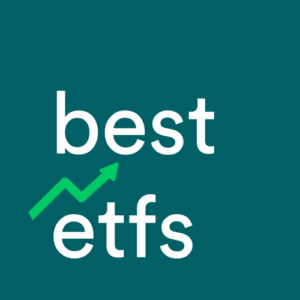What do they do?
The iShares ILC ETF provides exposure to the largest 20 Australian stocks, giving you targeted exposure to Australian blue-chip companies. This is a low-cost way to access top Australian companies through a single fund.
The SPDR OZR ETF invests in resources companies from within the ASX 200 and aims to track the S&P/ASX 200 Resources Index.
To learn more about the ILC ETF, read our free ETF investment report once you’re done with this article.
ASX: ILC or ASX: OZR price performance
To make this article easier to digest, we’ll just study the fees or ‘management expense ratio’ (MER). Using data for July 2022, the ILC ETF has an MER of 0.24% while the OZR ETF had a yearly fee of 0.34%. As a result, ILC comes out on top. Keep in mind, a more useful metric to know is the fee quartiles that these ETFs find themselves in (note: quartile 1 is best). Meaning, we take all the Australian shares ETFs in our database and classify them into 4 quartiles, based on their fees. For example, any ETF which has a fee below 0.3% would be considered in our first (best) quartile.
How we study past performance
Time to look at past returns. Keep in mind, performance isn’t everything — and past performance is not indicative of future performance. It’s just one part of a much bigger picture. The reason we say performance is not everything is because of volatility of financial markets and the economy from one year to the next. Some ETFs and funds can put in a attractive return one year just to generate unsatisfactory returns the next time around. That’s why we prefer three-year or seven-year track records over one-year track records. It can smooth out the temporary performances caused by external factors. Both ETFs have achieved our three-year performance hurdle. As of July 2022, the ILC ETF had an average annual return of 7.00%. During the same time, the OZR ETF returned 9.34%.
Lastly, we need to consider the issuer or provider of the ETF. There are too many factors that go into our internal scoring of fund providers to detail here (you’d get bored pretty quickly). So here’s the quick version. As you guessed, the issuer of the OZR ETF is SPDR. SPDR ranks highly for our scores of ETF providers and issuers in Australia. We think SPDR is one of Australia’s top 10 ETF providers for advisers and institutions, and its ETFs on the ASX provide good exposure to particular financial markets for retail investors.
Our takeaway
If you’d like to learn more about these two ETFs, be sure to visit our free ILC ETF report or OZR ETF review.
For us, the ILC ETF ranks in a better position for our internal scoring methodology but not by much.
We hope this article helped you analyse ETFs. Don’t forget, there’s a lot more to investing well than what we just outlined (risks, diversification, other potentially better ETFs, etc.). Our analyst team at Rask Australia spends months looking at new ASX investments (it’s our day job!). To make your life easier, you can get the name of our team’s top ETF pick for 2022 in a free report. Keep reading to find out how to get our analyst’s report emailed to you right now…





